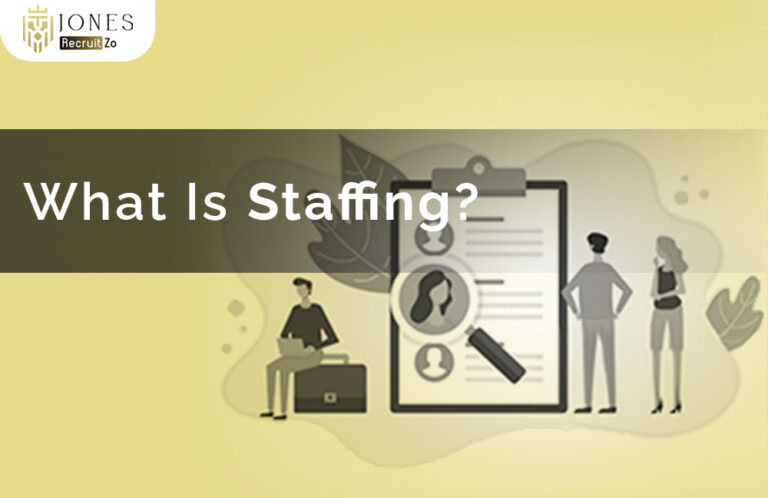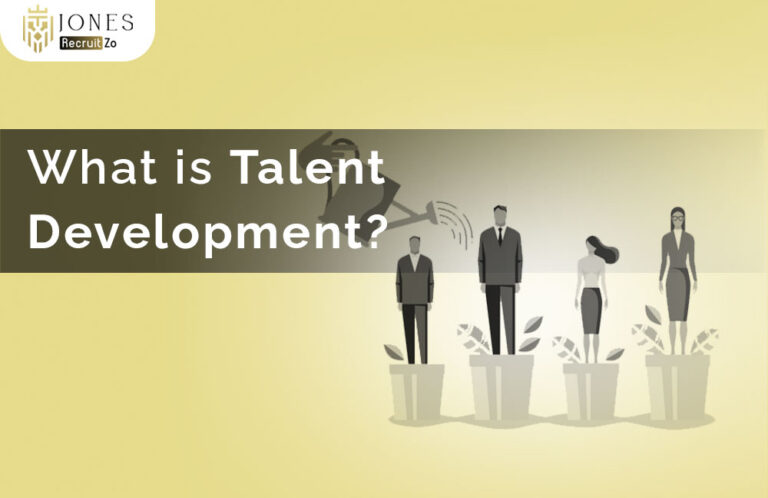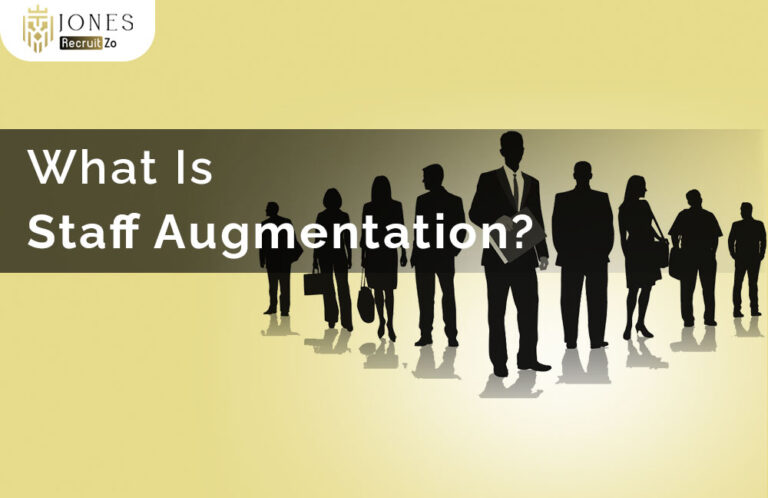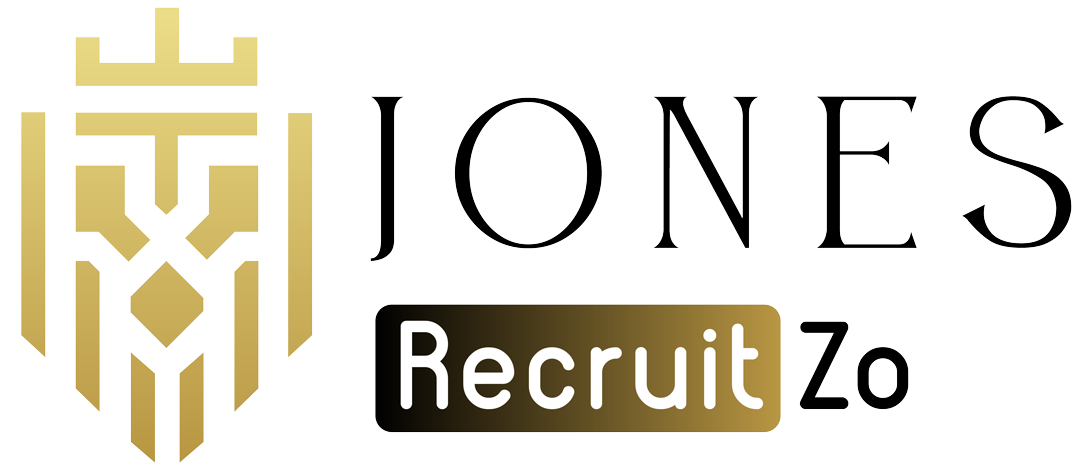What is Strategic Workforce Planning?
Strategic workforce planning is a proactive approach to aligning an organisation’s workforce with its long-term business goals. It involves analysing current employee capabilities, forecasting future workforce needs, and implementing strategies to address potential gaps. This process ensures that organisations have the right talent in place to meet future demands while adapting to market trends and business changes.
For example, a company looking to enter new markets may use strategic workforce planning to determine the skills needed, evaluate the internal talent pool, and create a plan for hiring or training. It is an essential process for maintaining operational efficiency and sustainable growth.
Why is strategic workforce planning important?
Strategic workforce planning is essential as it bridges the gap between the business goals of an organisation and its human capital. It ensures that the right people with the right skills are in place to meet current and future demands. This would not only increase efficiency but would also enable organisations to respond to changes in market conditions, technological changes, and industry trends.
By anticipating workforce needs, businesses avoid talent shortages, minimise operational disruptions, and optimise resource allocation to ensure a proactive approach to growth and success.In addition to ensuring alignment, strategic workforce planning helps mitigate risks such as turnover and skill gaps by implementing robust talent management strategies.
It plays a crucial role in cost optimisation, reducing expenses related to unplanned hiring or redundant positions. It also supports a positive workplace culture by focusing on employee engagement, development, and retention. This comprehensive approach not only strengthens organisational resilience but also enhances long-term competitiveness in a dynamic business environment.
Benefits of strategic workforce planning

A robust strategic workforce planning process offers several advantages for organisations seeking to optimise their workforce:
-
Effective talent management
The right people with the right skills in the right roles at the right time. The process identifies skill gaps and addresses them proactively, which helps organisations manage their talent pool effectively and, therefore, improves overall productivity.
-
Addressing demographic changes
As workforce demographics change, strategic workforce planning ensures that the organisations adapt to any future challenges associated with an ageing workforce or requiring diverse talent in the organisation, hence keeping it resilient to the changes.
-
Cost reduction
Planning ahead also helps organisations to reduce costs, which are associated with turnover, overtime, and reactive hiring. This strategic workforce planning enables companies to utilise resources to their fullest potentials, avoiding unneeded expenses yet maintaining workforce stability.
-
Enhances Talent Acquisition and Retention
Strategic workforce planning understands and meets the needs of employees to create a supporting environment that attracts and retains the best talent. This can be achieved by offering development opportunities and aligning the roles of employees with their aspirations, thereby building a loyal and motivated workforce.
-
Mitigates Risks
Strategic workforce planning allows organisations to identify potential risks or skill shortages that may occur through market disruptions and devise contingency plans ahead of time, thereby reducing the impact of those unforeseen issues on business activities.
Strategic workforce planning models
There are several models of strategic workforce planning that organisations can use to create effective plans tailored to their specific needs.
-
HCI Model
The HCI Model is one of the most widely used models for aligning workforce planning with business objectives. It involves the assessment of workforce data, identification of skill gaps, and implementation of strategies that help in organisational success. This model is based on data-driven decisions and long-term planning.
-
OPM’s Workforce Planning Model
The Office of Personnel Management Workforce Planning Model follows a structured procedure, including but not limited to: strategic direction setting, analysing workforce data, developing the action plan, the implementation of the solutions, and monitoring the change. This comprehensive model ensures each aspect of the workforce planning has been approached methodically.
-
Customised Models
Most organisations have devised their models to use in planning for the workforce. An organisation such as a health institution would, therefore, be focused on using the skill-based approach, and another one could be the scalability and innovation aspect, such as that in the case of a new technology firm.
Strategic workforce planning process

Implementing a strategic workforce planning process involves several essential steps to ensure alignment with organisational goals and workforce needs.
1) Set goals
Define clear objectives for workforce planning in line with the business strategy of the organisation. The goals will include short-term and long-term needs, like increasing diversity or preparing for market expansion.
2) Analyse the workforce
Make a comprehensive review of the existing workforce, such as skills, demographics, and performance levels. This helps to identify the strengths and weaknesses and provides a baseline for future planning.
3) Forecast Workforce Needs
Foresee the workforce needed in the future based on organisational goals and market trends. It entails predicting the number of employees, skills, and roles required to help support business objectives.
4) Identify gaps
Compare the existing workforce with the forecasted needs and identify gaps in skills, roles, or levels of staffing. Such knowledge helps organisations prioritise ,hiring training, or restructuring efforts.
5) Develop strategies
Develop specific actions to fill these gaps. It may be through recruitment, employee training, and succession planning to build up for possible leadership succession.
6) Implement and monitor
Implement workforce planning strategies and track their implementation over time. Continual review and revision ensure the plan remains contemporary and relevant to the organisational needs.
FAQs
1) What is Strategic Workforce Planning?
Strategic workforce planning is the process of aligning an organisation’s workforce with its long-term business goals. It involves analysing current capabilities, forecasting future needs, and developing strategies to address workforce gaps proactively.
2) What are the 7 Rs of Strategic Workforce Planning?
The 7 Rs of strategic workforce planning are ensuring the right people, with the right skills, in the right roles, at the right time, at the right cost, in the right place, and with the right focus to meet organisational objectives.
3) Why is Strategic Workforce Planning Important?
Strategic workforce planning is important because it aligns talent with business goals, ensures efficient talent management, reduces costs, mitigates risks, and addresses demographic changes, enabling organisations to achieve sustainable growth.
4) What are the Five Strategic Planning Processes?
The five processes include setting goals, analysing the workforce, forecasting workforce needs, identifying gaps, and developing strategies. Implementing and monitoring the plan completes the strategic workforce planning cycle.









